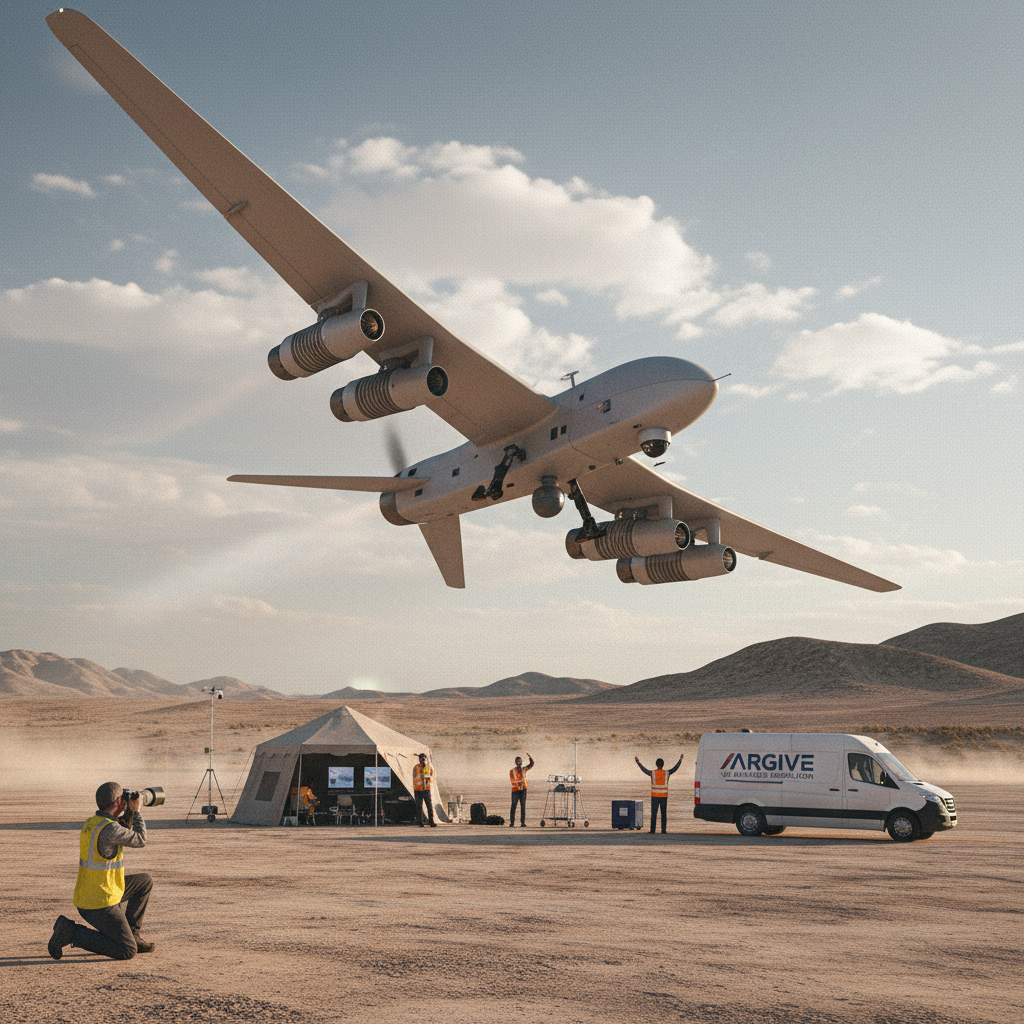Physical Address
304 North Cardinal St.
Dorchester Center, MA 02124
Physical Address
304 North Cardinal St.
Dorchester Center, MA 02124
Global aviation news tracker
Global aviation news tracker

Oxford startup Argive has flight-tested additively manufactured microturbines for small-to-medium UAVs.
On September 19, 2025, Oxford-based Argive reported successful flight trials of 3D-printed microturbine engines designed for small-to-medium uncrewed aerial vehicles (UAVs), including applications such as loitering munitions. The company says the additively manufactured components cut weight and simplify assembly while delivering the continuous thrust profiles needed for longer loiter times and higher cruise speeds.
Argive’s approach leans on additive manufacturing—commonly called 3D printing—to combine complex cooling passages, integrated bearings and lightweight structures in a single printed assembly. That design freedom can reduce part count and speed iteration, which matters for startups building propulsion for both commercial drones and defense systems.
Smaller gas-turbine propulsion can unlock higher endurance and payload flexibility for medium-range UAVs where electric systems struggle with energy density. Argive’s flight tests aim to prove the reliability and thermal management of microturbines in real-world conditions. By demonstrating a printed core in flight, the company highlights how rapid prototyping and advanced metallurgy could shorten development cycles for next-gen drone engines.
The trials also underline the UK’s growing profile in aerospace R&D. While Argive markets the technology for both commercial logistics and defense contractors, the inclusion of loitering munition use cases shows the dual-use nature of cutting-edge propulsion. Argive remains a private startup; specific engine models, thrust figures, and partner names were not disclosed in the flight-test announcement.
Expect more public updates as Argive moves from prototype flights to endurance validation and certification pathways. Flight-proven microturbines could become a practical option for operators needing compact, fuel-powered propulsion that sits between battery-electric systems and full-sized turbine powerplants.